“Our country faces new and diverse missile threats that require a layered approach to detection, tracking and defense,” said Roger Cole, executive director of Strategic Systems programs at RI&S. “Using the latest digital engineering techniques, we’ve successfully completed key design elements of the fully compliant payload design in just under 18 months.”
The U.S. Space Force established the MTC program to accelerate the fielding of a resilient persistent detection and missile tracking capability from MEO. Currently, the U.S. conducts missile warning and tracking from highly-elliptical and geostationary orbits and plans to expand the capability to low Earth orbit in the coming years. MTC would provide another layer to the missile warning, missile defense and missile tracking architecture that provides the ability to detect and maintain custody of emerging missile threats, while also providing large area coverage with fewer sensors than LEO solutions.
During the tailored mission payload critical design review, RI&S used digital engineering-based models and demonstrations to show that the designs of key elements – including focal plane, electronics, firmware, and the telescope – are ready for fabrication. This approach reduced technical and schedule risk for follow-on phases of the MTC program, enabling the delivery of a fully-compliant space-qualified product. RI&S will now focus on completing the remaining design of the space and ground segments. The team plans to complete a System CDR in 2023 followed by a build, integration, and test campaign to deliver capability to orbit by 2026.
Work on the sensor payload is being conducted at RI&S’ facility in El Segundo, California.







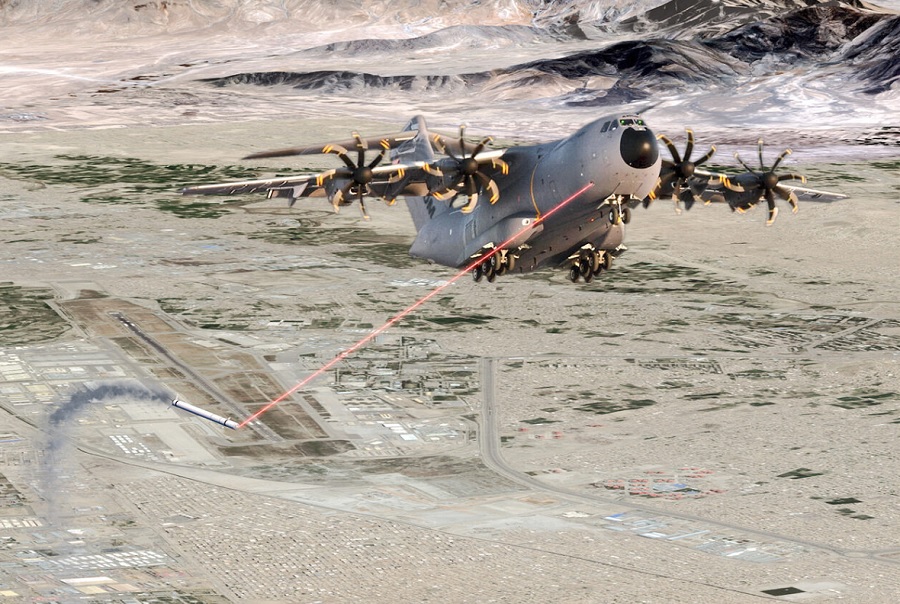
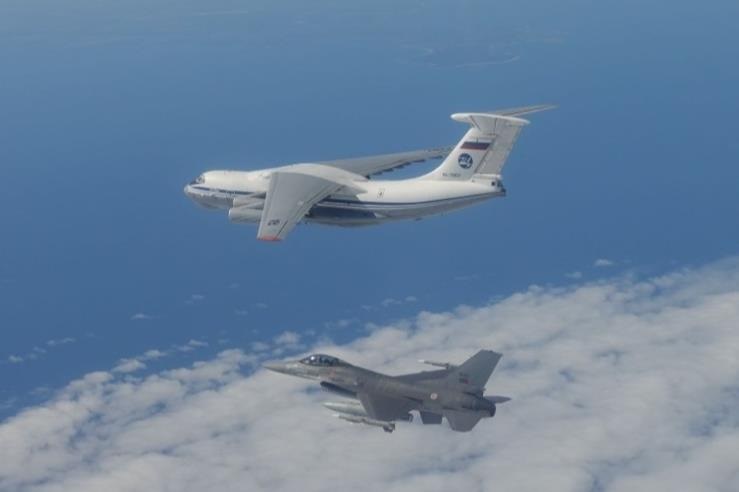
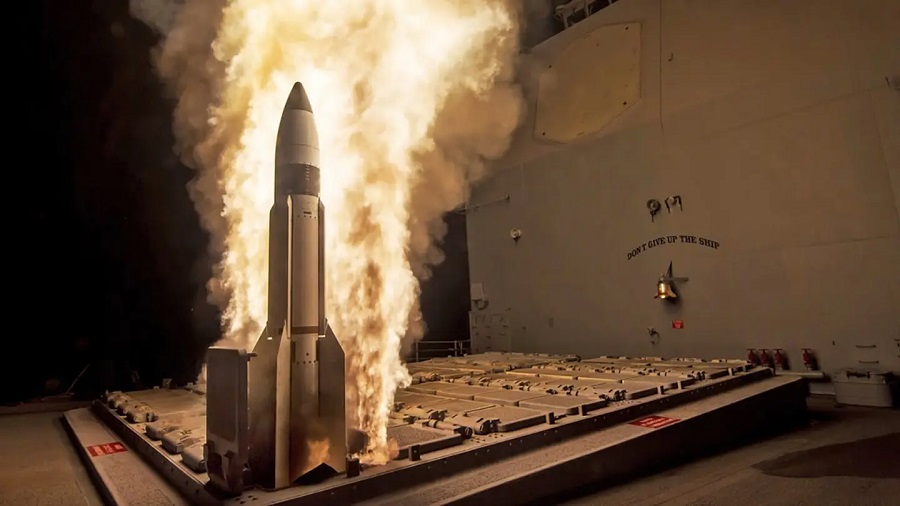
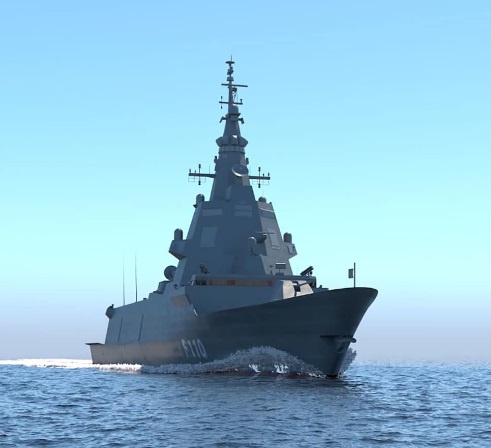


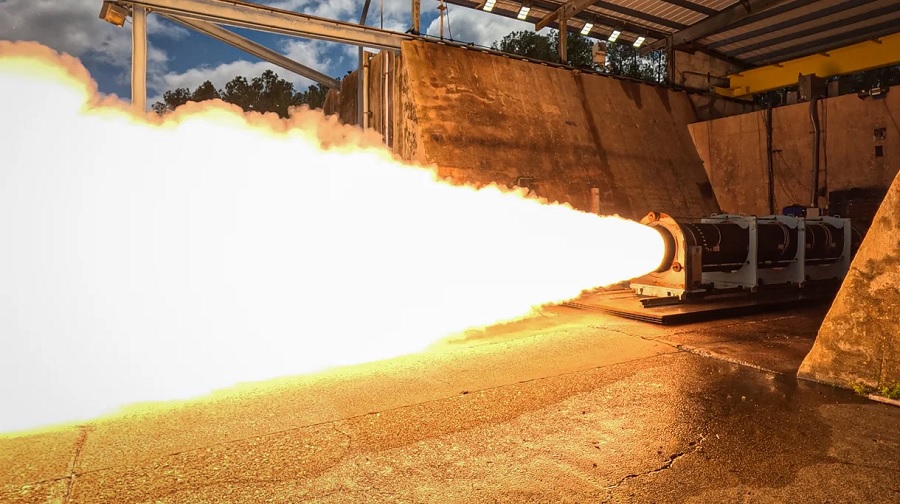
![Adapting EU defence system: the French nuclear option [LONG READ]](https://defence-industry.eu/wp-content/uploads/2023/01/National-Strategic-Review_Macrons-next-grand-defence-strategy-for-2030.jpg)


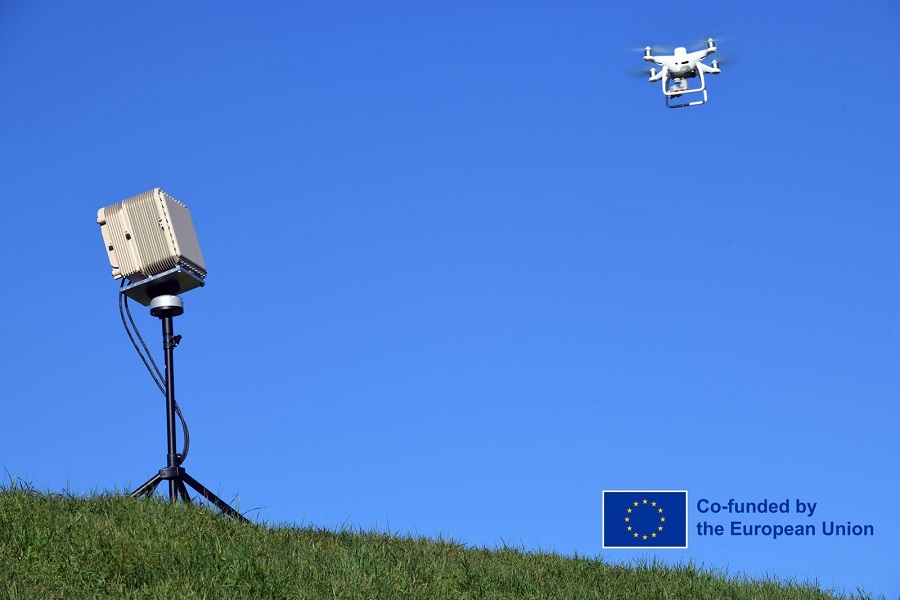


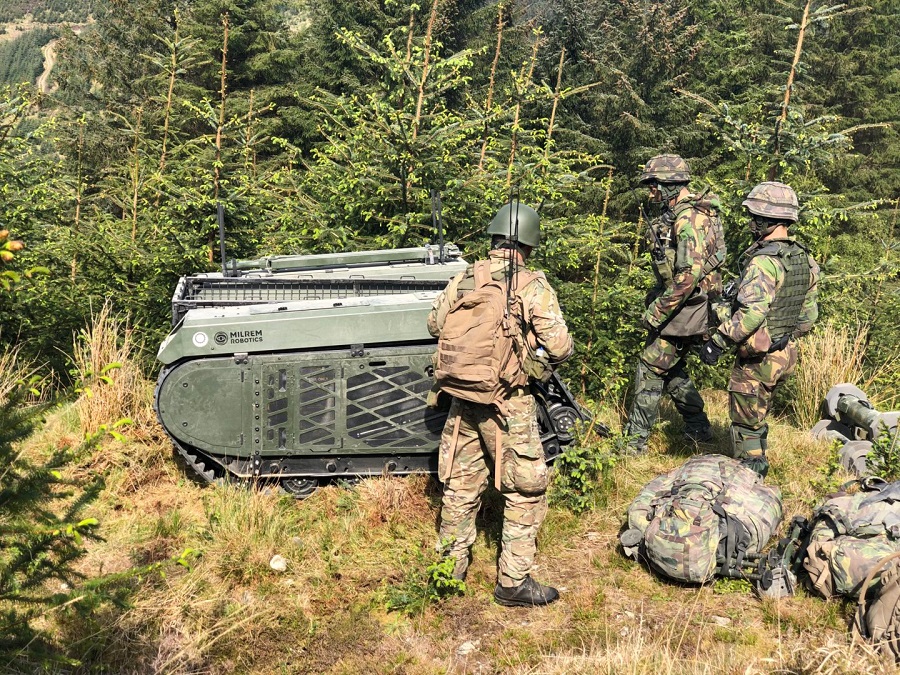
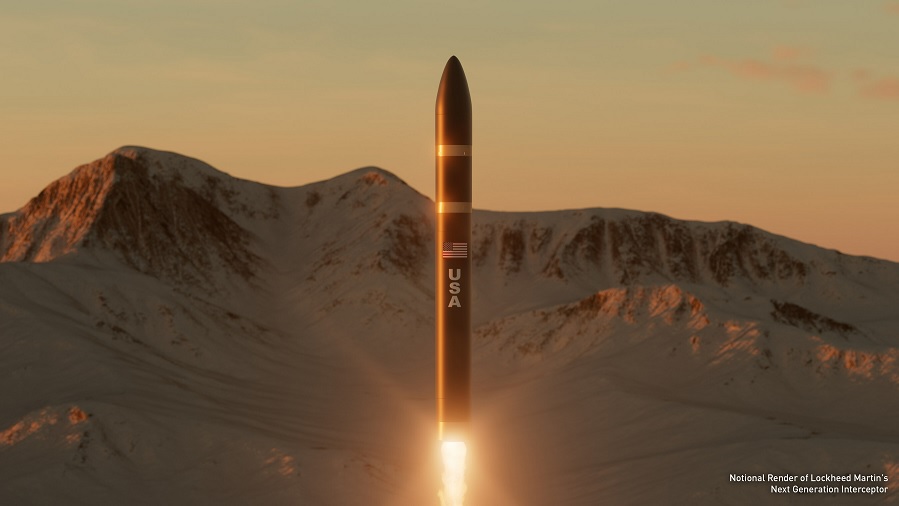
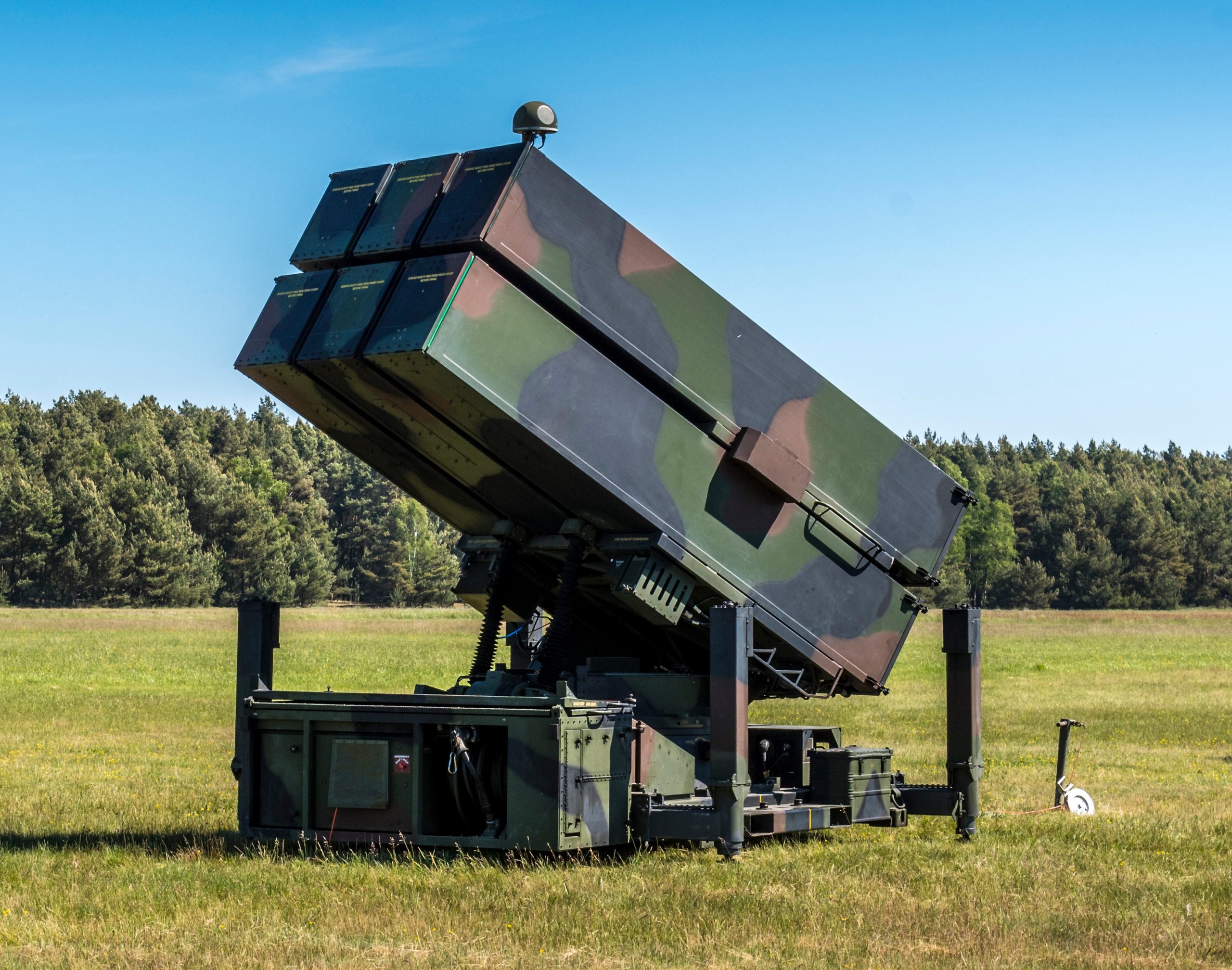
![Russian forces target Ukrainian IRIS-T SLM air defence system [VIDEO]](https://defence-industry.eu/wp-content/uploads/2023/10/Zelensky-thanks-Scholz-for-air-defence-systems.jpg)
